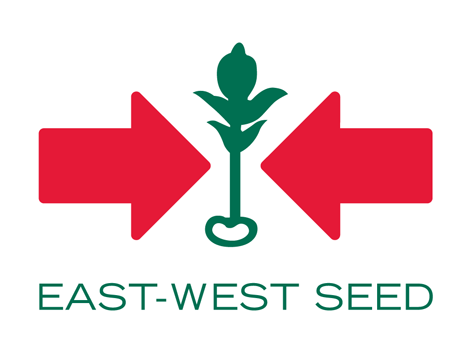| Species: | |
 |
Plutella xylostella (Linnaeus) |
| Common name: | |
 |
Cabbage moth |
| Damaging stage: | |
 |
Larvae |
| Crops Affected: | |
 |
Crucifers/Brassicas |
| Characteristic Damage: | |
 |
Larvae feed on the surface of the leaves leaving the leaf epidermis intact creating a “feeding window” appearance. |
 |
Feeding on growing points of the host plants leads to stunting and severe damage. |
 |
Larvae are also known to bore into the flower buds, stalks or heads of broccoli or cauliflower that greatly reduce the quality of the produce. |
 |
Produce webs that facilitate easier movement from one part to another. |
| Management and Control: | |
 |
Monitor the area regularly. |
 |
Use of natural enemies like parasitoids Microplitis plutellae (Muesbeck) (Hymenoptera: Braconidae), Diadegma insulare (Cresson) (Hymenoptera: Ichneumonidae), andDiadromus subtilicornis (Gravenhorst) (Hymenoptera: Ichneumonidae). |
 |
Use of microbial insecticides like Bacillus thuringiensis to control insect population. |
 |
Use of natural enemies/parasitic wasps like Diadegma insulare (Cresson), Microplitis plutellae (Muesebeck) and Diadromus subtilicornis (Gravenhorst). |
 |
Spray insecticides like spinosad, diafenthiuron, cartap hydrochloride, acephate and when necessary. |
| References: | |
| https://en.wikipedia.org/wiki/Diamondback_moth | |
| http://entnemdept.ufl.edu/creatures/veg/leaf/diamondback_moth.htm | |
| http://www.ipm.ucdavis.edu/PMG/r108301311.html | |
| http://www1.agric.gov.ab.ca/$department/deptdocs.nsf/all/agdex2540 | |
To view other diseases, click here.
Need more help? Ask the Doctor.




